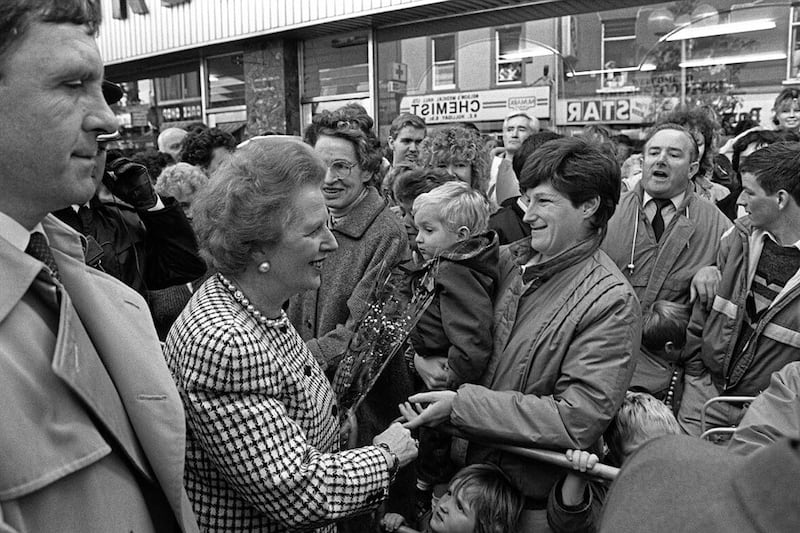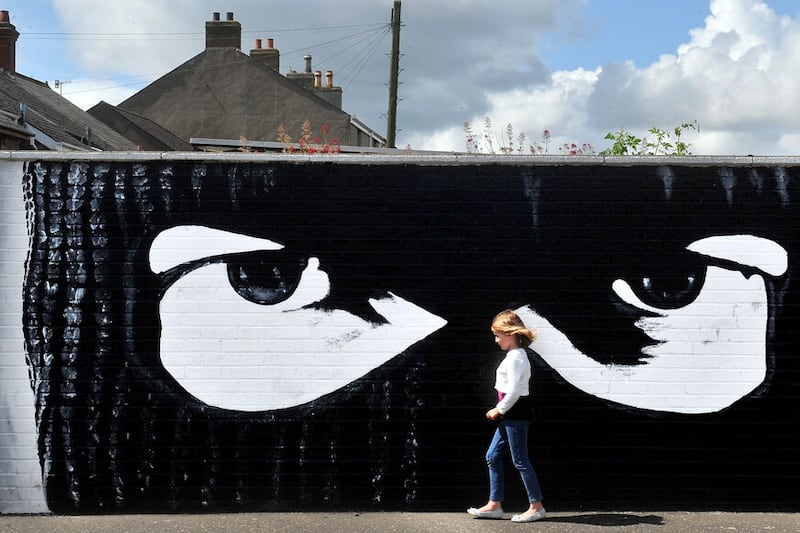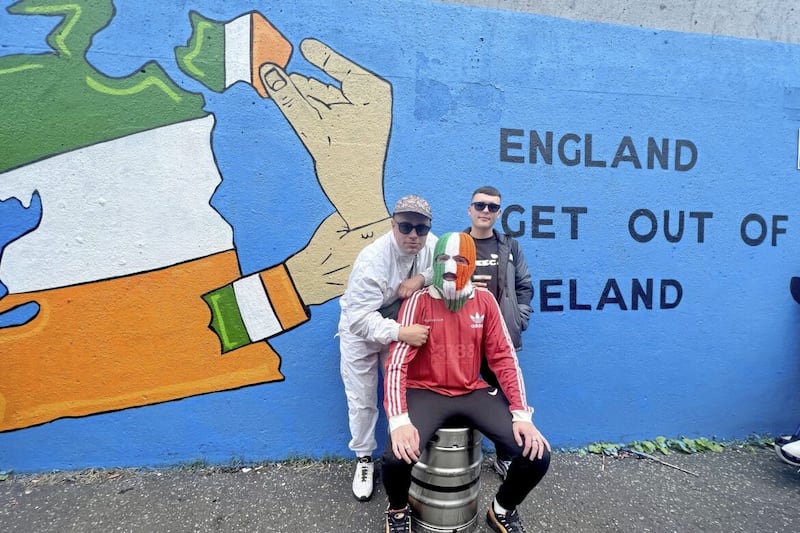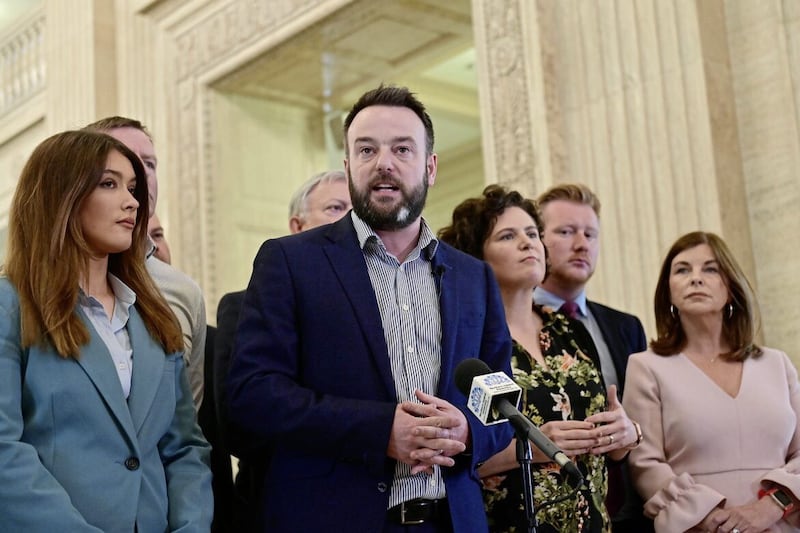THE mood music is slowly changing. Even my Irish News colleague, Alex Kane, has worked some optimism into his recent musings.
The photos from Stormont during the recent US investment trip said it all – Michelle O'Neill, First Minister-in-waiting, flanked by Sir Jeffrey Donaldson and Naomi Long, had all the looks of a new Executive. A bit behind was the UUP and SDLP rearguard. There's little doubt the Assembly and Executive will now return – and, perhaps, before Christmas.
Read more:
- Tom Kelly: Jeffrey Donaldson needs to emulate Peter Robinson, not Jim Molyneaux
- Jake O'Kane: While Leo Varadkar and Jeffrey Donaldson make Irish unity a matter of life and death, the Republic is awash with billions and winning the economic battle
- The orange and green zero-sum game has stopped our politics from working
The incoming administration is very much old wine in new bottles. Some players are gone but SF, DUP and Alliance are familiar with each other.
Apart from the symbolism of Sinn Féin holding the title of First Minister – which in the north is disproportionately overrated – the joint office of the Executive means both the DUP and SF will retain their mutual veto on each other.
UUP to enter Stormont executive
Of course, the UUP has indicated they will enter the administration alongside the three larger entities.
This is a peculiar decision, given that both the UUP and SDLP have been little more than useful mudguards in previous such administrations. Robin Swann received well deserved praise for his handling of the pandemic but in truth, the fundamental problems of the health service were not addressed during his tenure. Plus, there was no electoral bounce for the UUP despite the personal standing of Minister Swann.

Thanks to transfers from the plethora of unionist parties and the large tract of unionist Alliance voters east of the Bann, the UUP is in a slightly stronger place than the SDLP. But only slightly.
It's never been clear to this writer why the SDLP entered the last Executive (or earlier ones) for the sake of a single fiscally hamstrung ministerial post.
SDLP efforts thwarted by ministerial colleagues
Neither Sinn Féin nor the DUP were ever going to let the SDLP shine in office. Margaret Ritchie tried her best but even when she went to pull the iniquitous Executive funding from going into the coffers of the UDA, she was thwarted by her ministerial colleagues.
Previous experience as political whipping boys should have taught the SDLP a bitter but not-to-be-forgotten lesson that political parties must chart their own course.
Mandatory coalitions actually create the conditions for poor government and even poorer scrutiny of bad administration. Good government needs a powerful opposition.
Read more:Newton Emerson: Has the SDLP given up on Stormont?
MLA defeats devastating loss for SDLP
The loss of four SDLP MLAs in Assembly elections was a devastating blow. The local government election results were equally diabolical. In both cases, the losses were heavier than party insiders predicted.
In reality, there appears to be two SDLPs contesting against each other. There's a legacy one which still thinks in terms of the glory days and which holds great antipathy towards Sinn Féin.
Then, there's a modern, more pragmatic SDLP grappling (with some limited but slow success) to adapt to its position in the evolving political circumstances, not just in the north but on the island of Ireland.
Read more:
- Tom Kelly: Violence begets violence and grief in Middle East
- Patrick Murphy: Israel's role in creation of Hamas demonstrates how today's problems begin with yesterday's decisions
- Patricia Mac Bride: 50 years after Daddy's murder, families deserve a better legacy
In all honesty, Hume and Mallon would have struggled against such a backdrop. Mallon admitted as much in person and in his book. He simply couldn't comprehend the electoral squeeze on the SDLP.

There remains one last roll of the dice to stabilise the fortunes of the SDLP and that depends on a restored Assembly and Executive with the party firmly ensconced as the opposition. This is a tall order for a political organisation reduced to eight MLAs out of a total of 90.
To succeed, the leadership needs the commitment from each MLA to be firing on all cylinders in order to scrutinise and hold to account nine sprawling government departments and their ministers.
In the current intake of SDLP MLAs, some are more match fit than others. The star players are at Westminster. The party needs to up its game.
Anyone interested in better government, good governance or who wishes to see Hume's vision of normal politics materialise, will wish them well. The politics of the past is a foreign country.









